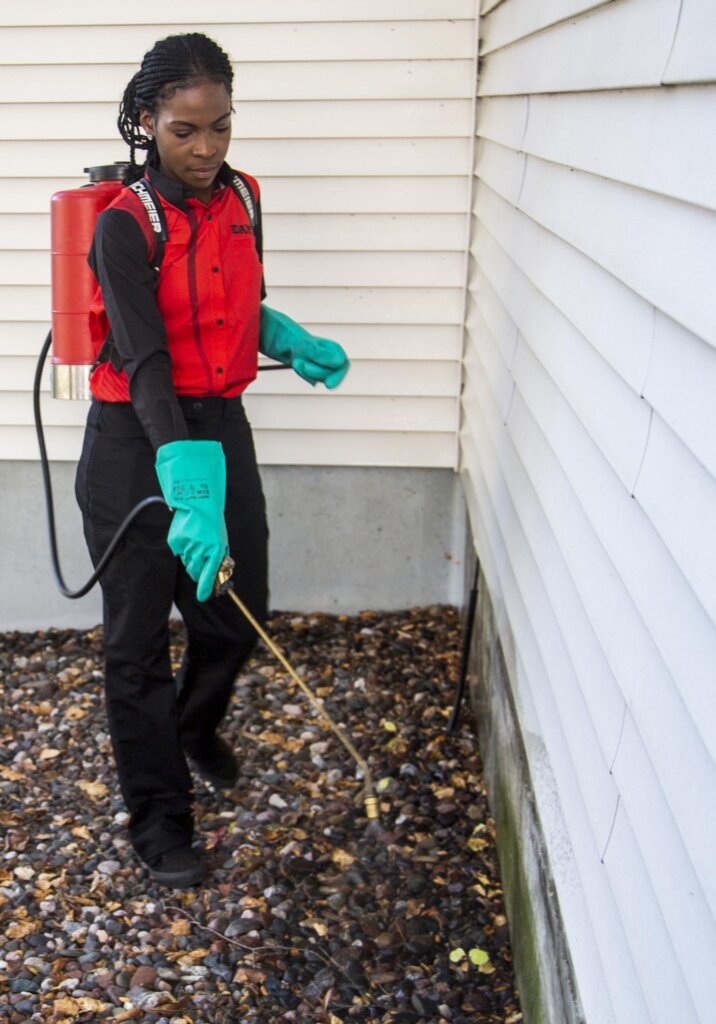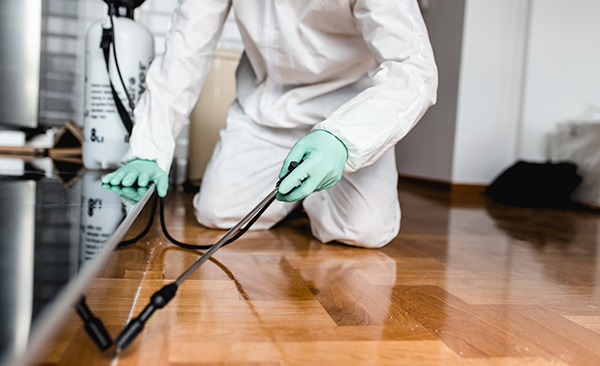Professional Residential and Commercial Services by Pest Control Lockhart
Professional Residential and Commercial Services by Pest Control Lockhart
Blog Article
Exploring Invasion and Treatment Approaches in the Globe of Insect Control
The landscape of pest control incorporates a myriad of difficulties, particularly as infestations of usual family insects remain to progress. Comprehending the actions and reproductive patterns of these hassles is critical for developing efficient treatment strategies. By integrating preventive actions with innovative management techniques, such as Integrated Bug Management (IPM), home owners can better secure their environments. The efficiency of these approaches might vary substantially based on specific situations. What hidden factors contribute to the success or failing of these approaches in different setups?

Common Family Vermin
When it involves handling our home, understanding common home insects is vital. These parasites not just interrupt our convenience yet can additionally posture health risks and damages residential or commercial property. The most prevalent household pests include ants, cockroaches, rats, termites, and bed pests.
Ants, often seen foraging in kitchens, can infect food and develop huge nests. Roaches, understood for their resilience, can set off allergies and spread virus. Rats, consisting of computer mice and rats, can cause structural damages and lug illness like hantavirus and salmonella. Termites, typically referred to as "silent destroyers," can endanger the honesty of wooden structures, leading to pricey repair services. Bed insects, although not disease carriers, can create considerable discomfort via their attacks and result in psychological distress.
Recognizing the indicators of these bugs, such as droppings, nests, or bite marks, is crucial for very early intervention (Pest Control Lockhart). Correct sanitation techniques, sealing access points, and keeping a clutter-free atmosphere are effective preventative actions. By identifying these usual home parasites and comprehending their actions, house owners can take proactive steps to minimize invasions, making certain a healthier living setting
Understanding Bug Infestations
Bug problems can rise quickly, turning a minor inconvenience into a considerable trouble if not resolved without delay. Common factors contributing to infestations include poor sanitation, structural vulnerabilities, and seasonal changes that drive insects indoors.
Identifying the type of insect is vital, as different species exhibit varied behaviors and reproductive prices. Rats might establish nests in covert areas while pests like roaches prosper in moist atmospheres. Early detection often depends upon acknowledging signs such as droppings, nibble marks, or unusual audios, which can suggest an issue before it comes to be serious.
Cozy, moist climates can promote the rapid development of pest populations, while adjustments in landscaping or building can accidentally create favorable environments. An educated strategy to understanding these dynamics lays the foundation for reliable insect administration approaches in the future.
Treatment Techniques and Strategies
Effective treatment techniques and methods are essential for reducing bug problems and restoring a safe atmosphere. A diverse strategy is often best, integrating chemical, biological, and mechanical methods customized to the details pest and the seriousness of the invasion.
Chemical treatments consist of making use of pesticides and herbicides, which can properly remove parasites. However, proper application and adherence to safety guidelines are essential to reduce dangers to people and non-target organisms. Integrated Pest Management (IPM) encourages the judicious use chemicals as a last hotel, counting rather on tracking and threshold levels to determine treatment demands.
Organic control techniques involve presenting natural killers or parasites to reduce parasite populations. This approach is significantly popular, see this specifically in agricultural setups, as it advertises environmental sustainability.
Mechanical approaches, such as traps and obstacles, offer prompt relief from parasites without introducing chemicals. Options include sticky catches for bugs or physical obstacles for rodents.
Inevitably, the option of therapy method must consider the certain pest, the setting, and potential influence on human health and environments. A balanced combination of these approaches can efficiently take care of infestations while advertising lasting insect control options.
Safety Nets for Residence
Proactively addressing insect concerns prior to they escalate is crucial for keeping a healthy home atmosphere (Pest Control Lockhart). Carrying out reliable preventive procedures can dramatically reduce the possibility of problems, inevitably protecting both your property and well-being

Proper landscape design additionally plays an essential role in prevention. Maintaining hedges and trees cut away from your house lowers the opportunities of bugs read more discovering their see here method inside your home. Additionally, guarantee that drainage systems are operating successfully to avoid standing water, which can pull in mosquitoes and other pests.
Finally, routine examinations are a good idea. Frequently looking for indicators of bug activity permits very early intervention. By adopting these safety nets, homeowners can develop an atmosphere that is much less welcoming to pests, therefore improving their total lifestyle and reducing the requirement for extensive bug control interventions.
Industrial Pest Control Methods
A comprehensive technique to commercial bug control is essential for services intending to preserve a secure and hygienic atmosphere. Reliable strategies include a mix of regular evaluations, employee training, and the execution of Integrated Bug Monitoring (IPM) practices.
Routine examinations enable early discovery of parasite task, permitting timely intervention. Services need to develop a routine schedule for these evaluations, concentrating on risky locations such as cooking areas, storeroom, and waste disposal sites. Employee training is similarly vital; team needs to be enlightened on the indications of insect invasions and the value of reporting them right away.
Carrying out IPM practices helps alleviate pest concerns sustainably. This includes habitat alteration, such as securing entrance points and lowering mess, as well as employing all-natural deterrents prior to considering chemical therapies.

Additionally, working together with an accredited parasite control provider ensures accessibility to professional understanding and advanced therapy alternatives. This partnership can lead to customized parasite control prepares tailored to the details requirements of business, reducing threats and boosting overall efficiency. Inevitably, a proactive and enlightened technique fosters a pest-free setting, securing both public health and service credibility.
Conclusion
In conclusion, efficient bug control demands a thorough understanding of common home insects and their habits, paired with targeted therapy approaches. Applying preventive measures alongside treatment techniques such as Integrated Insect Administration and biological control improves the capability to reduce invasions.
Report this page